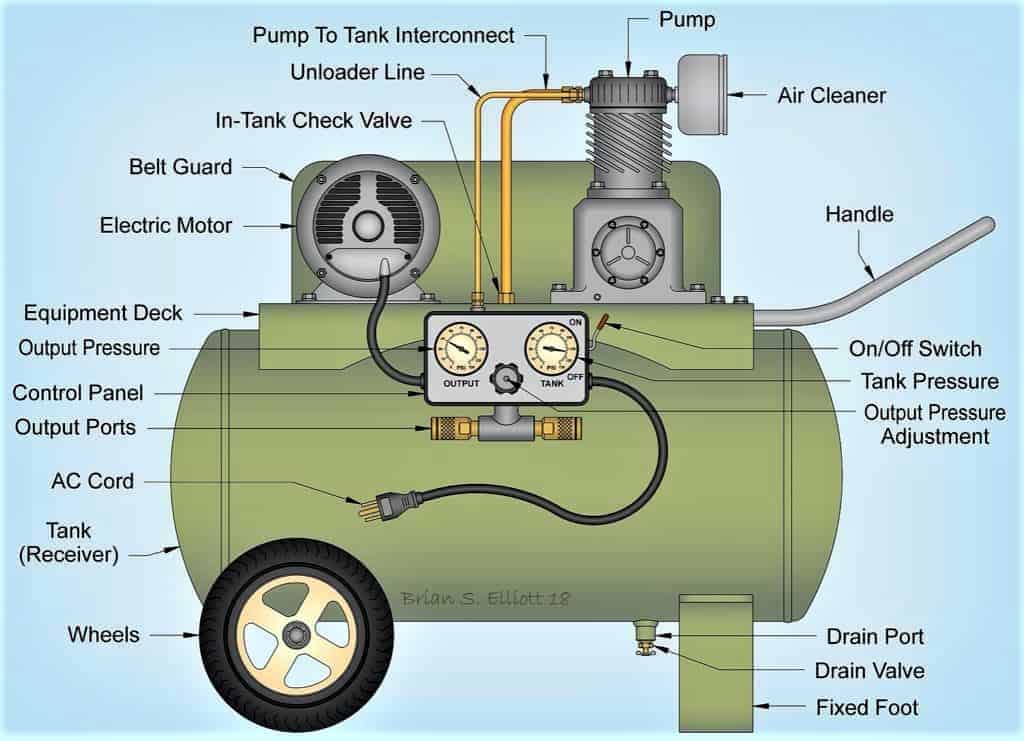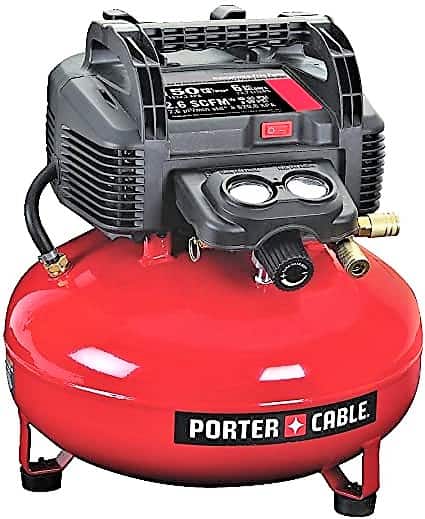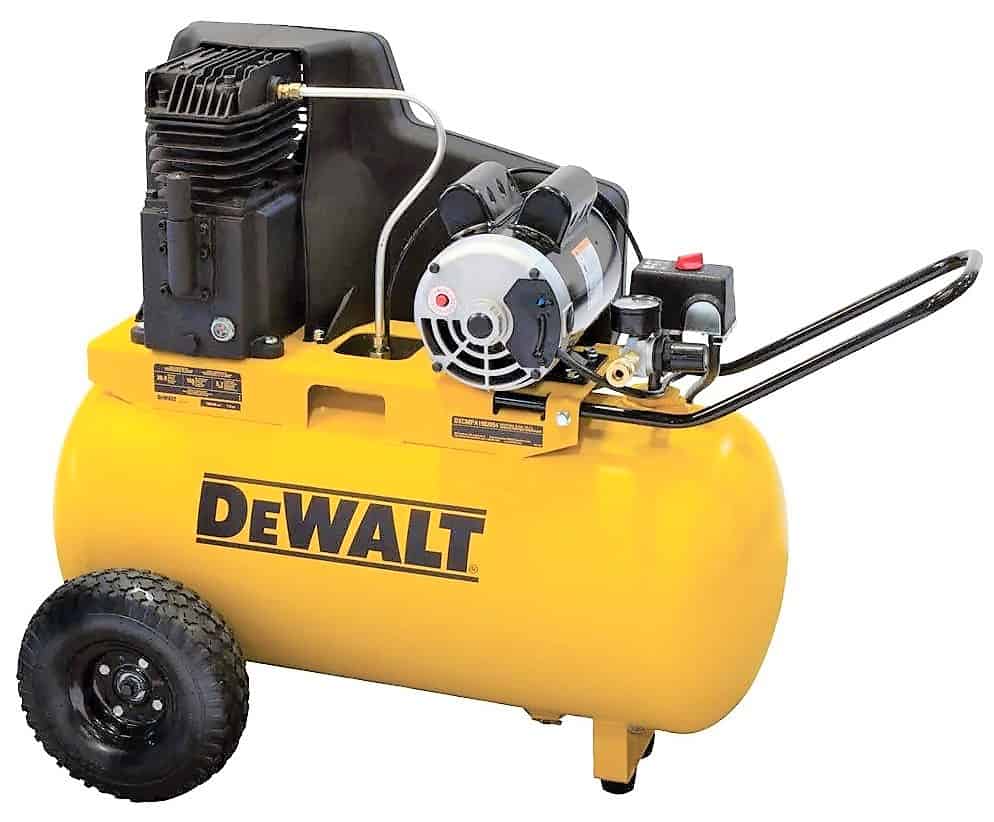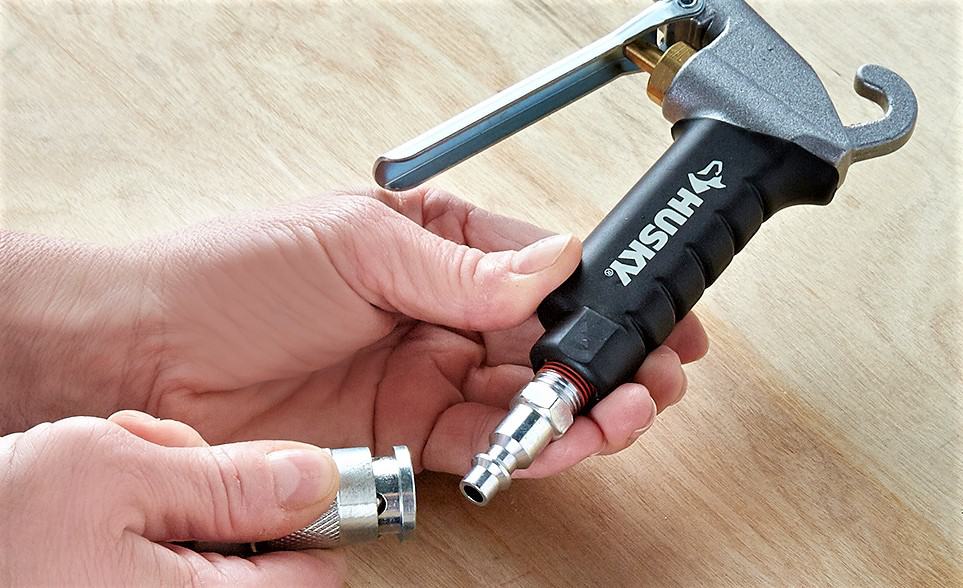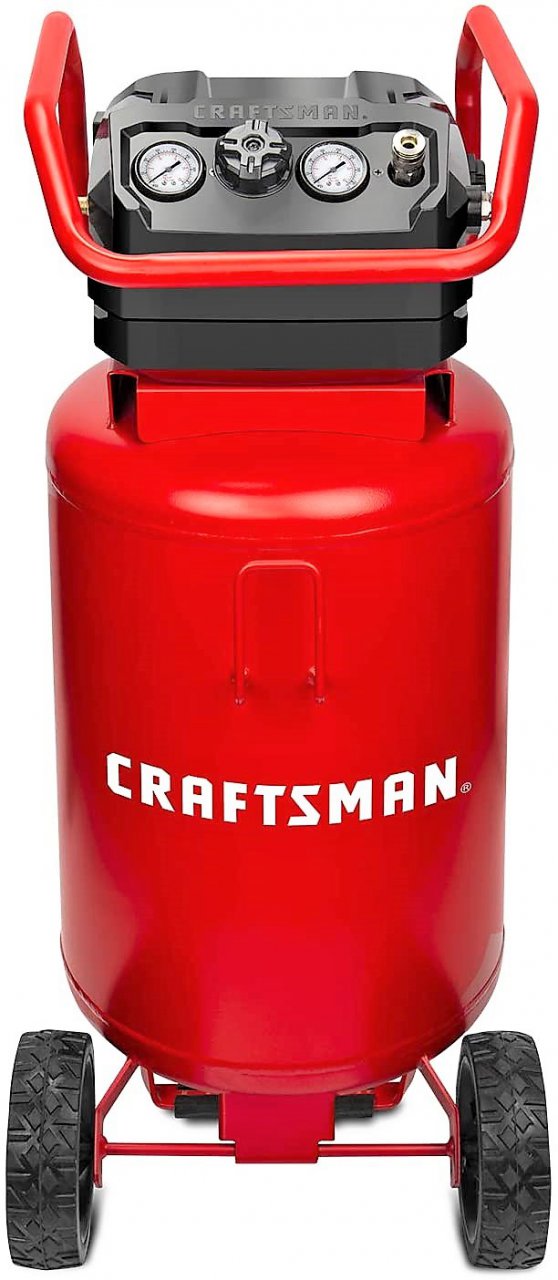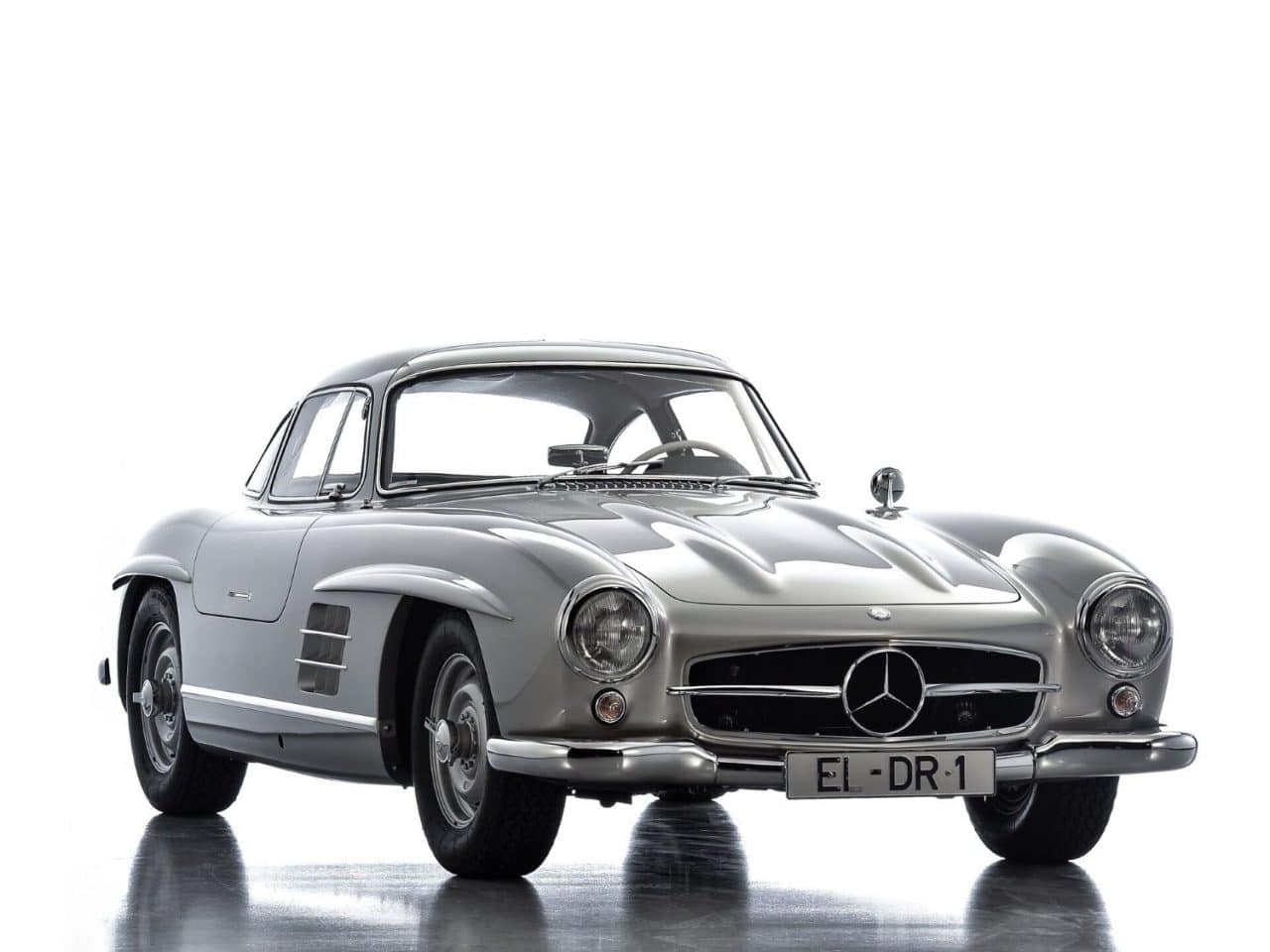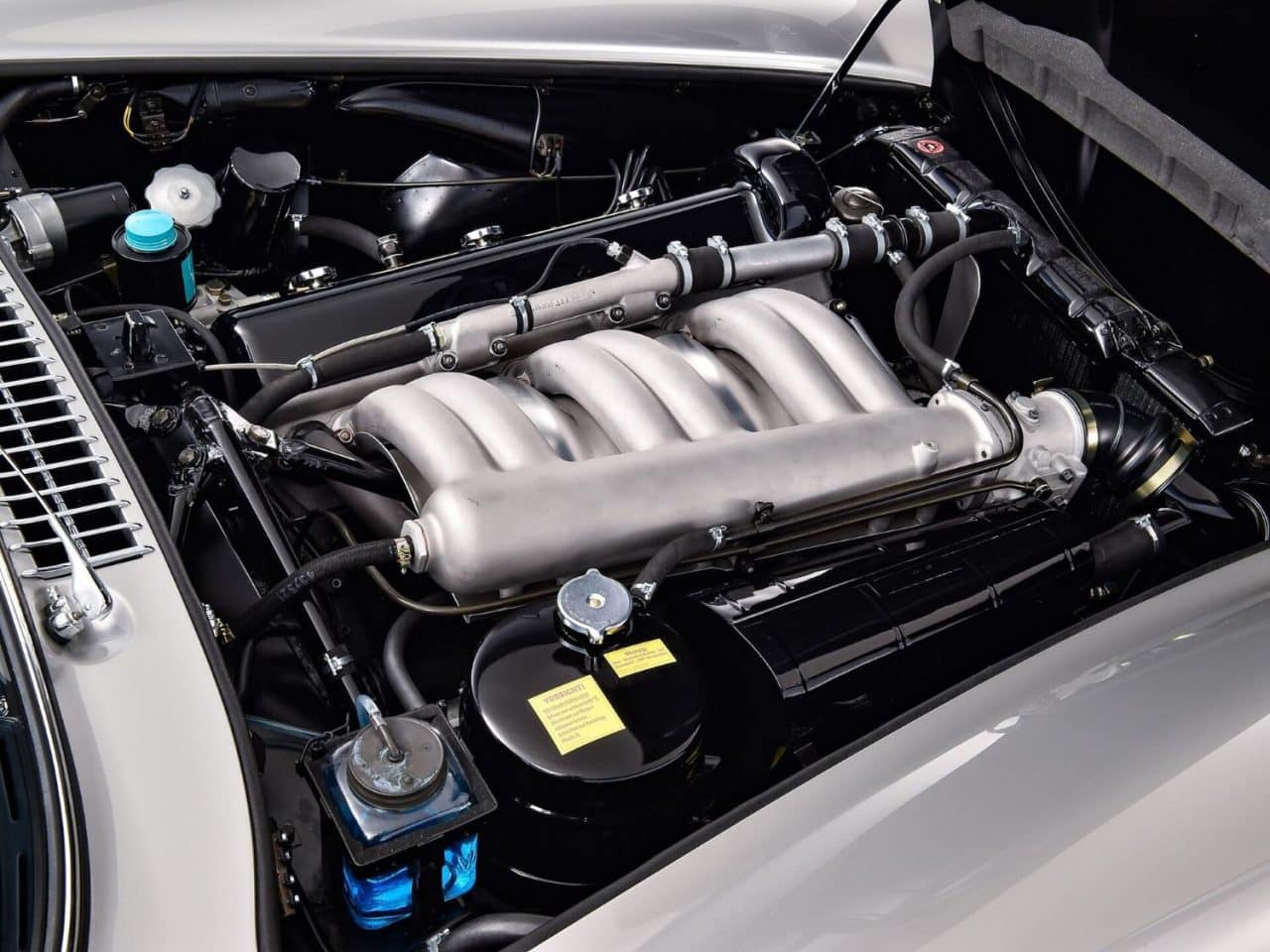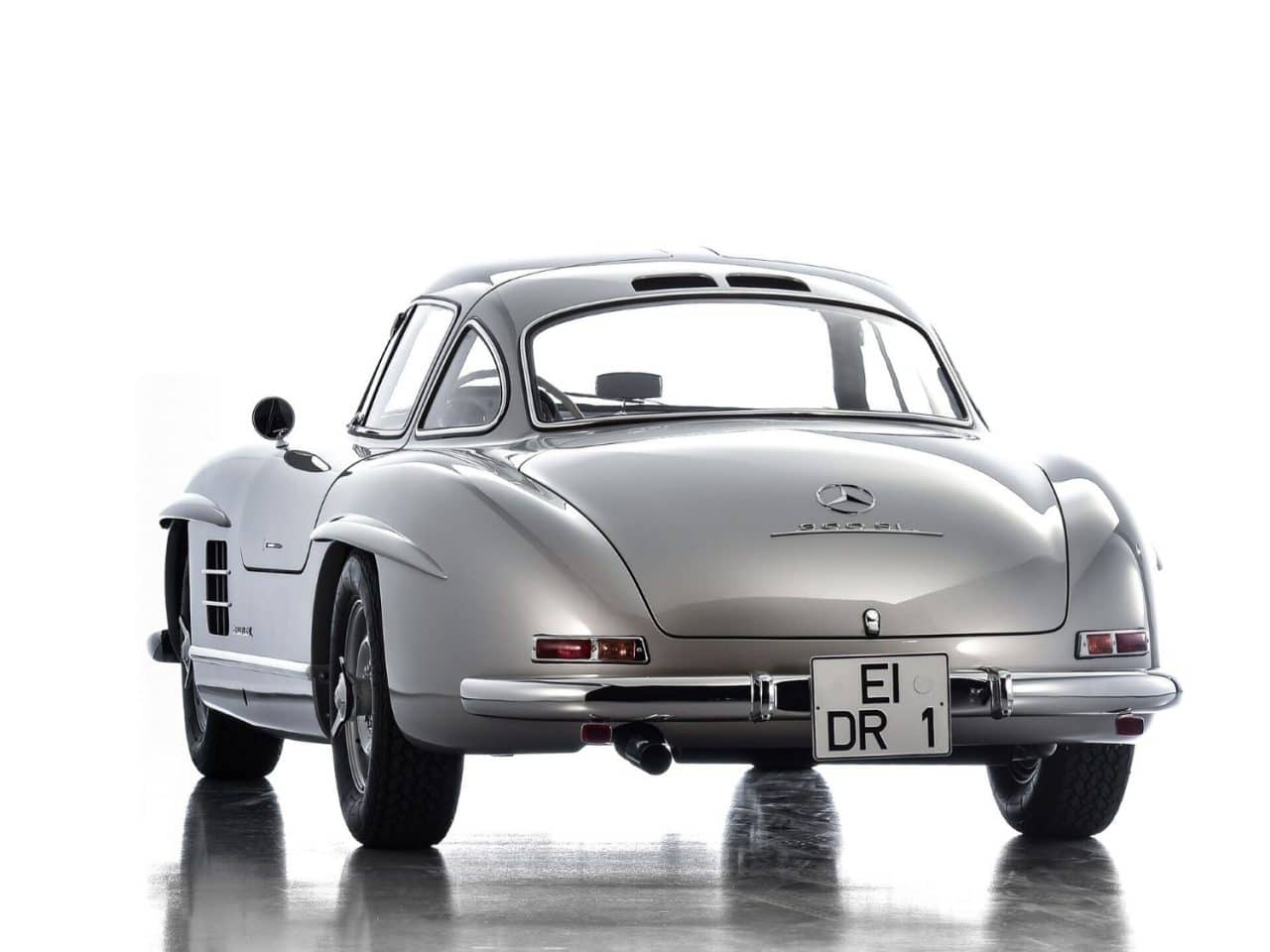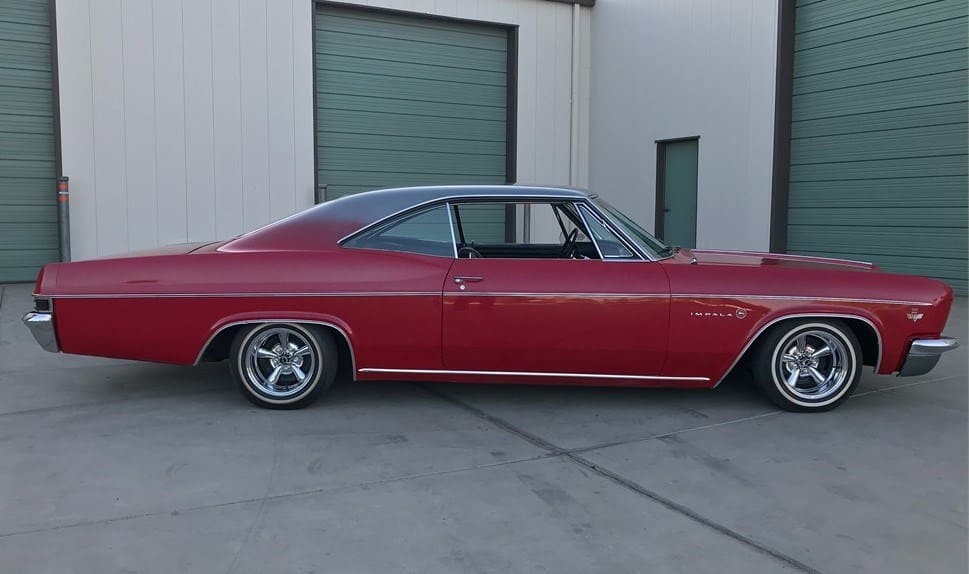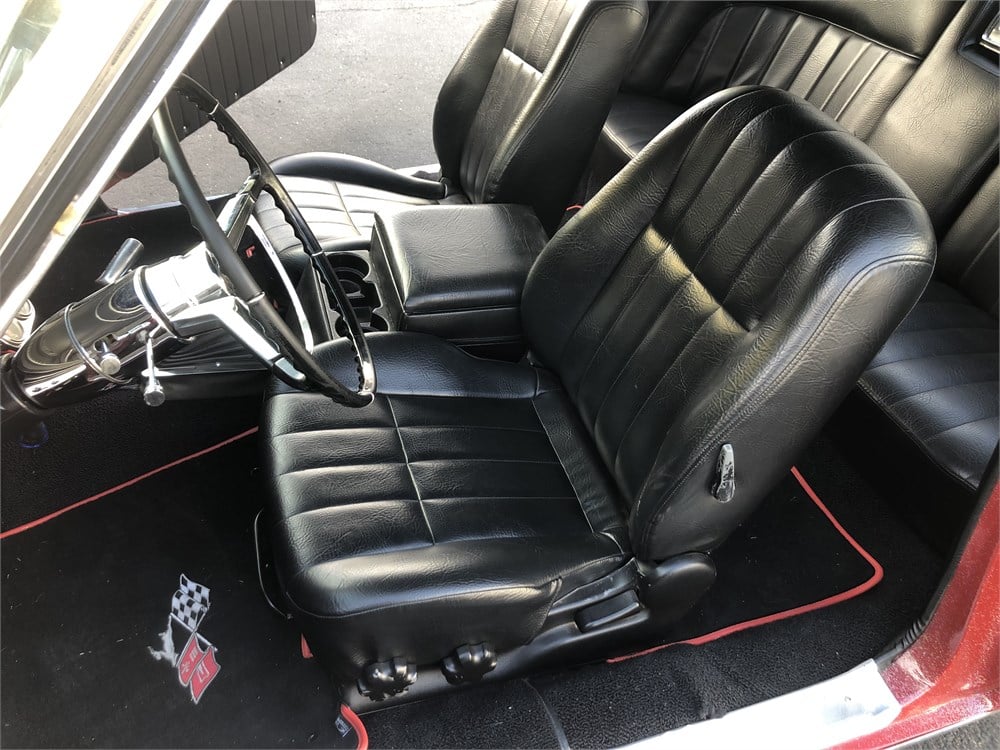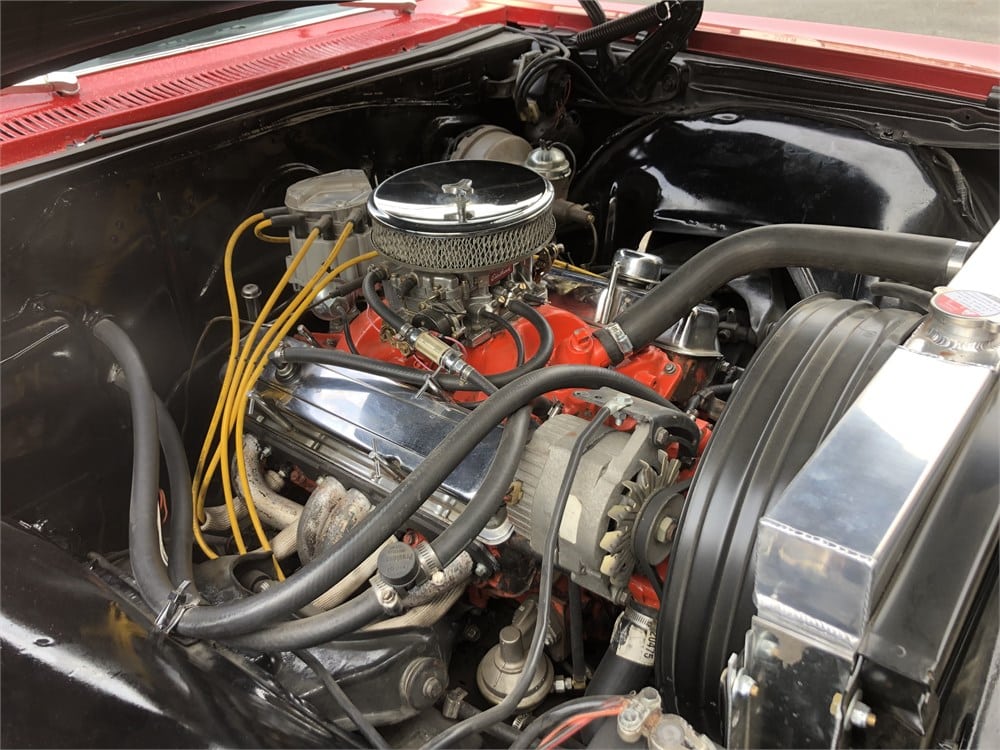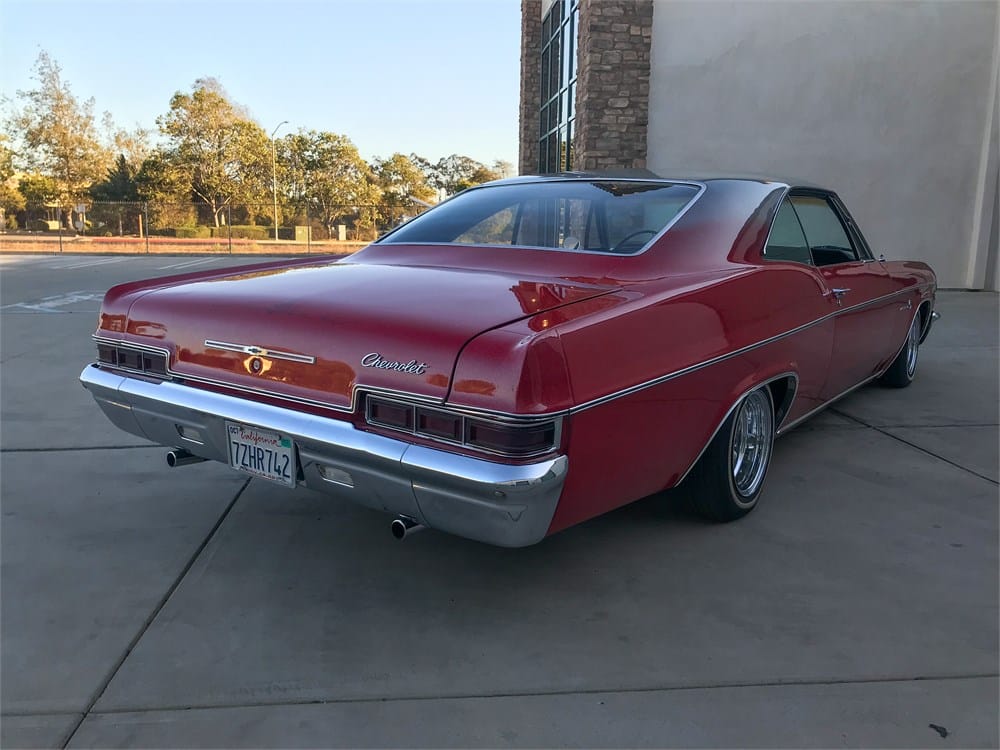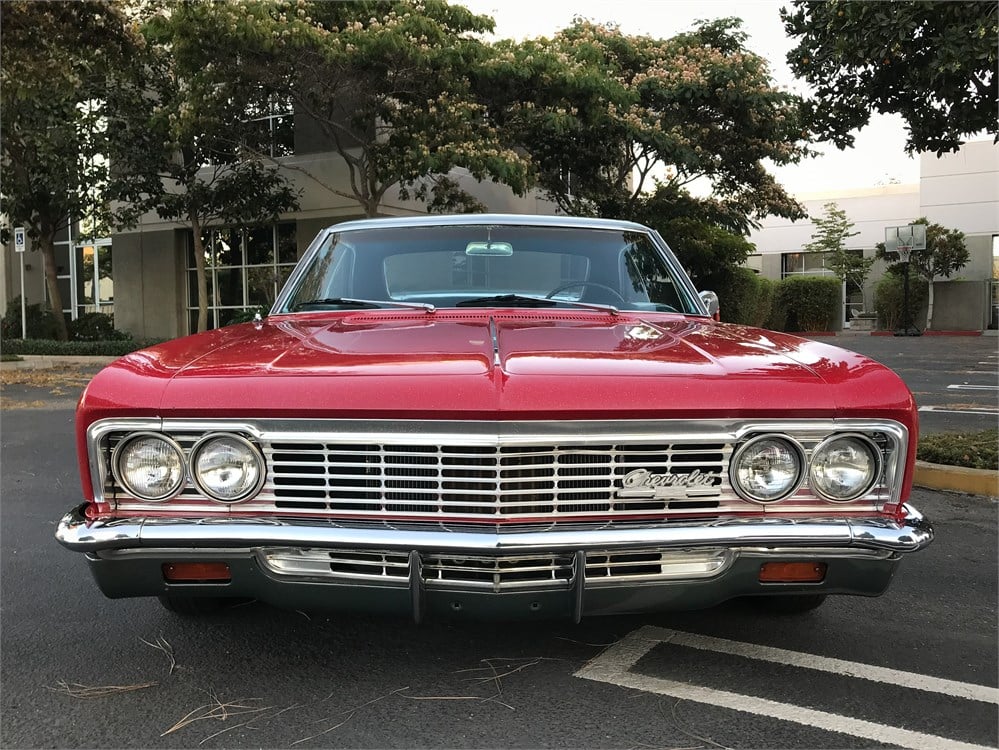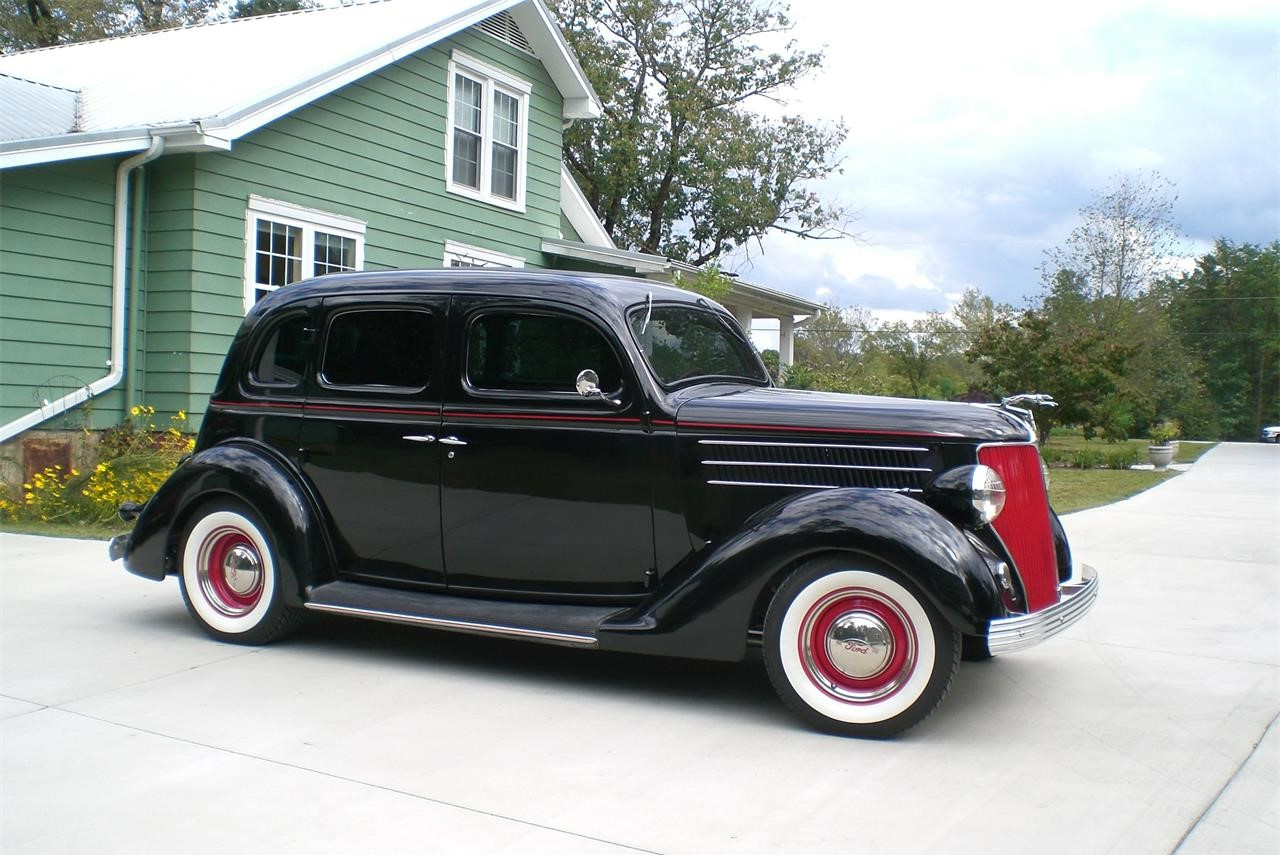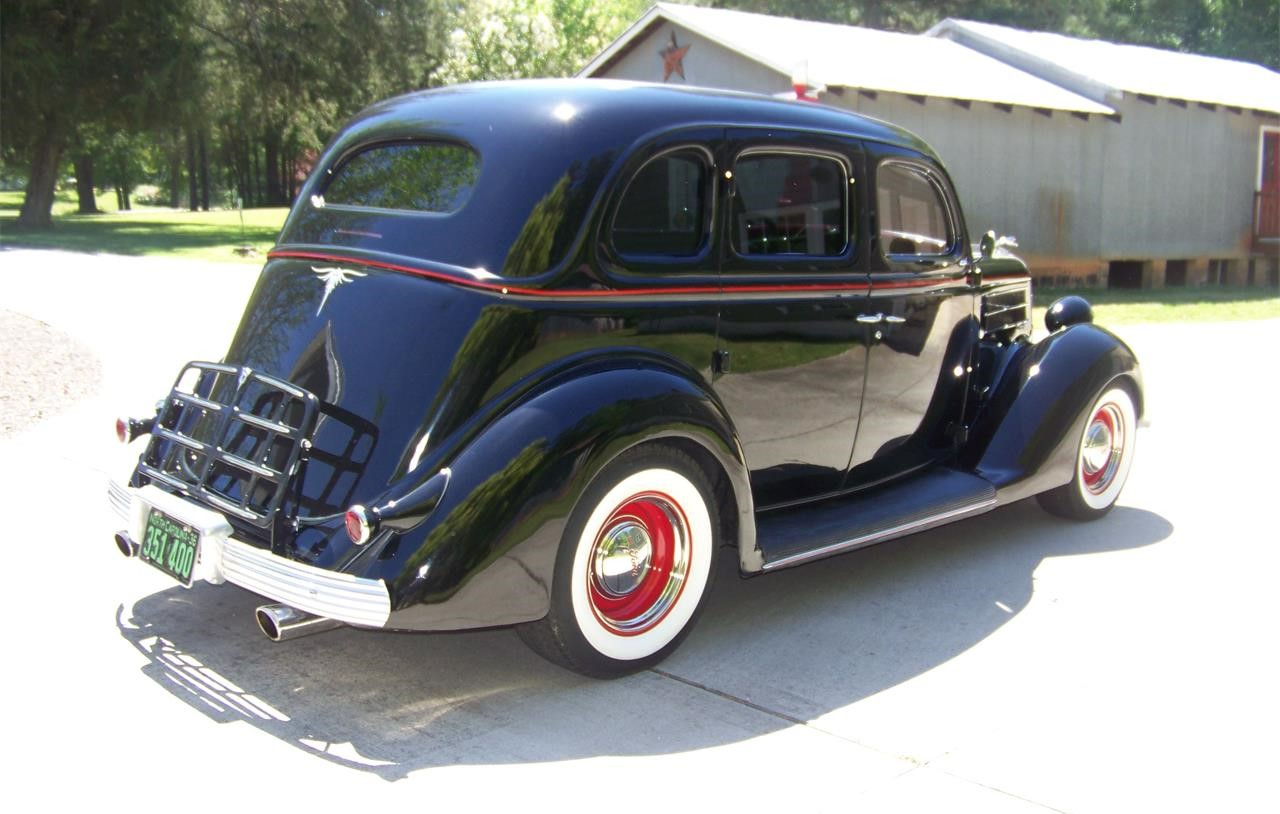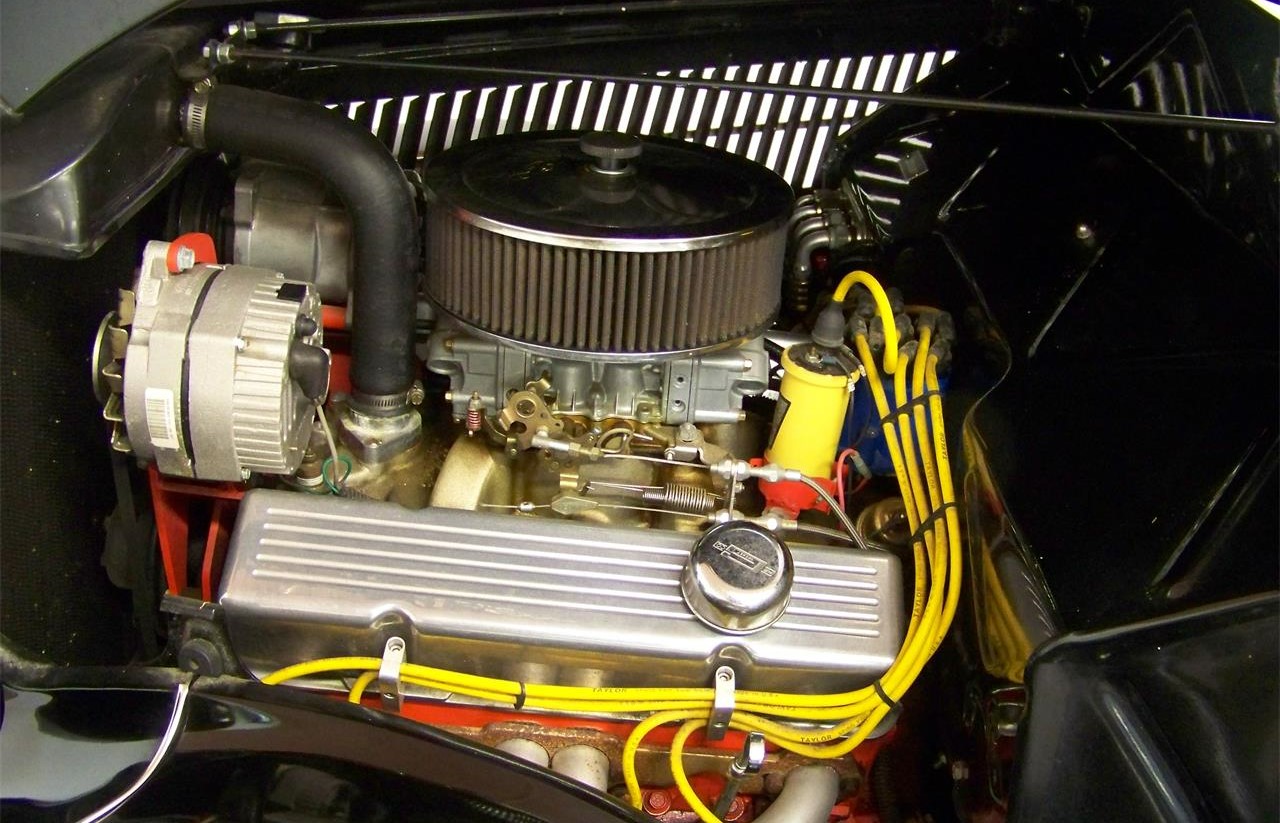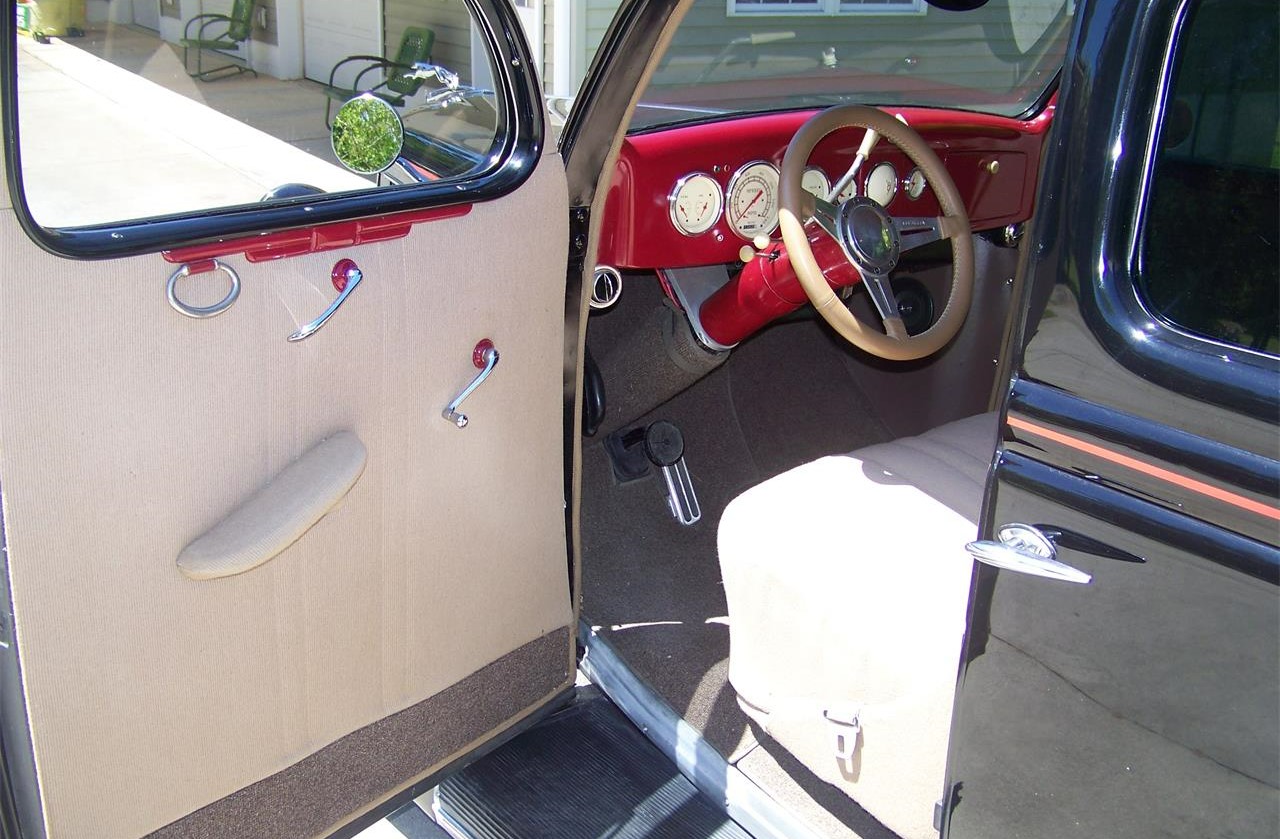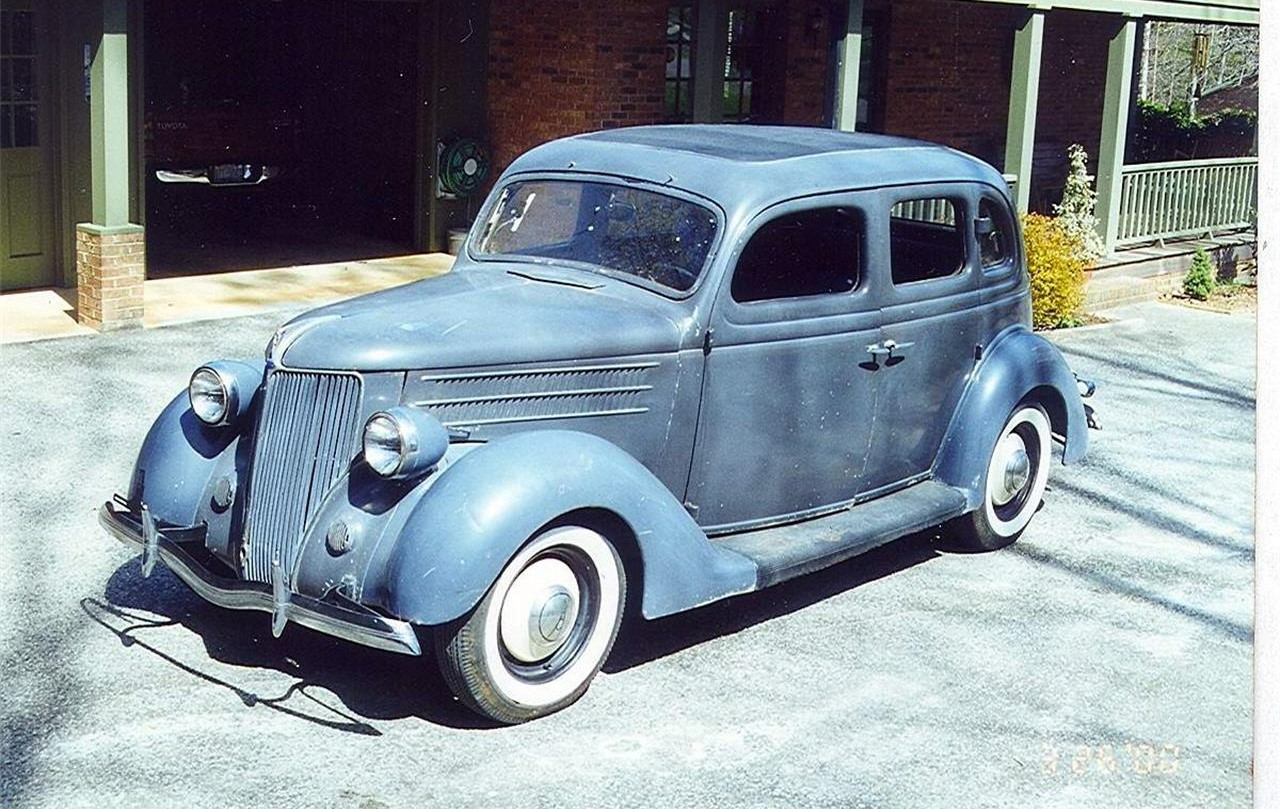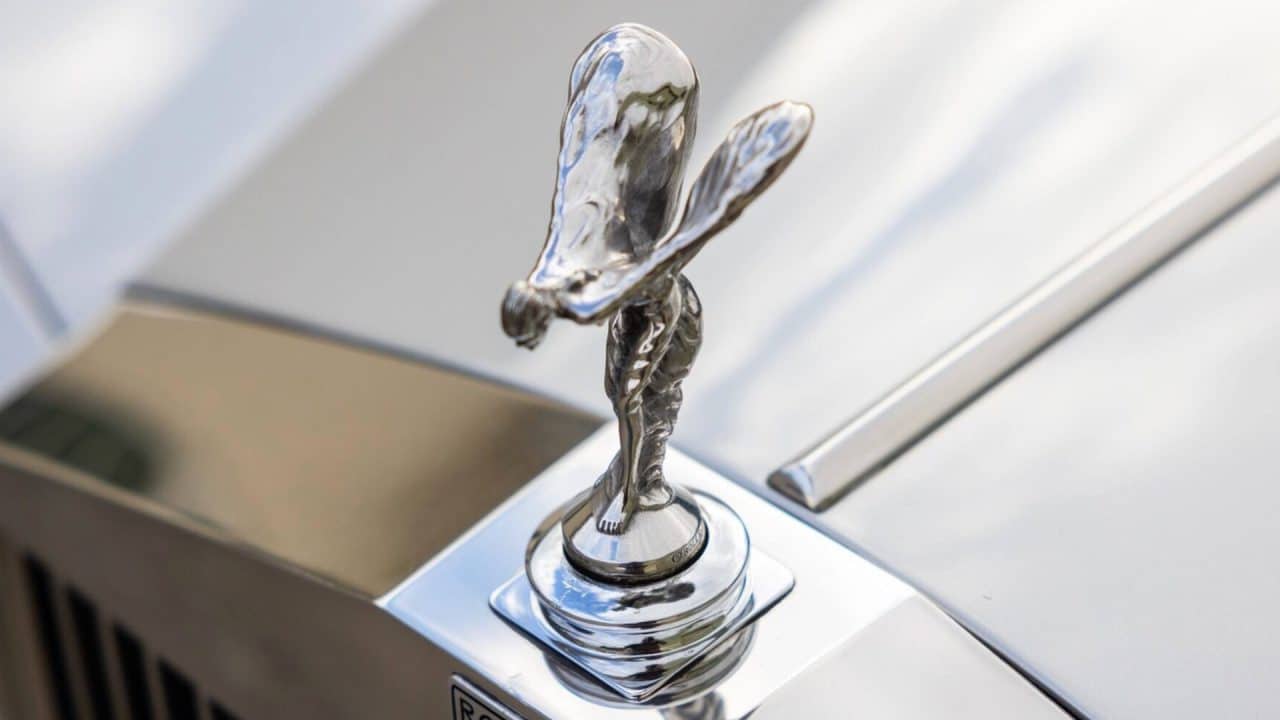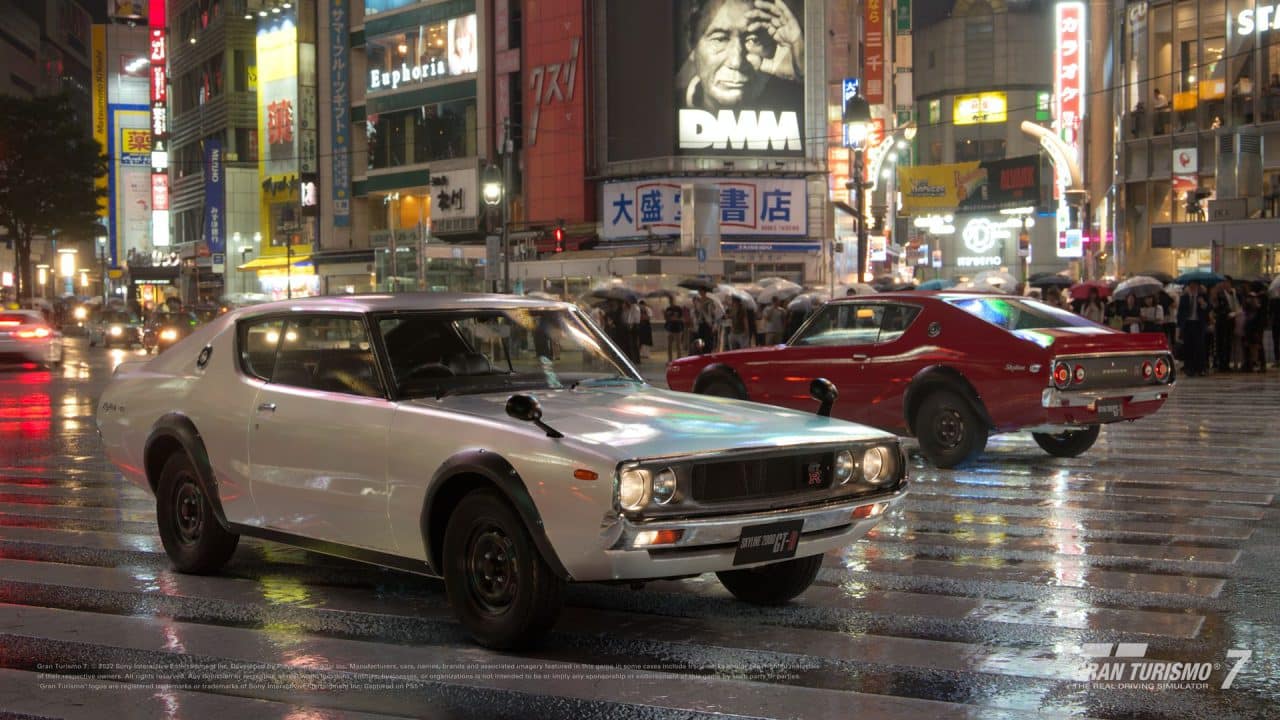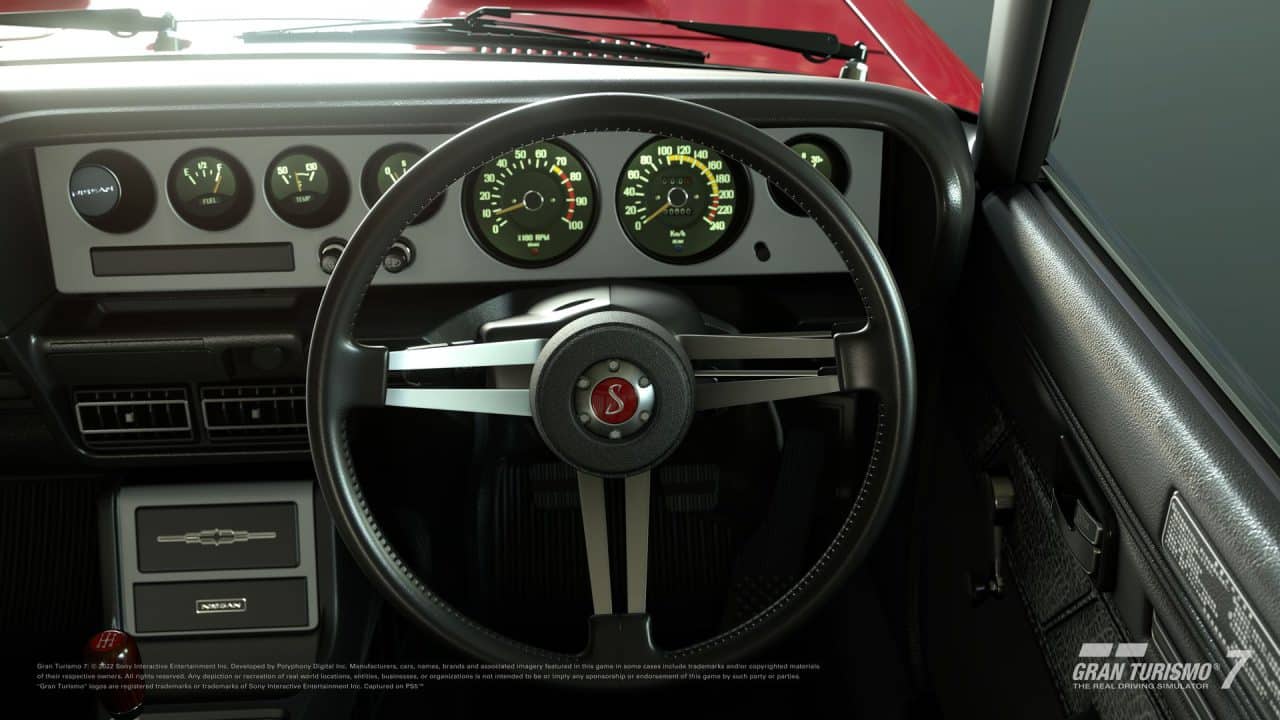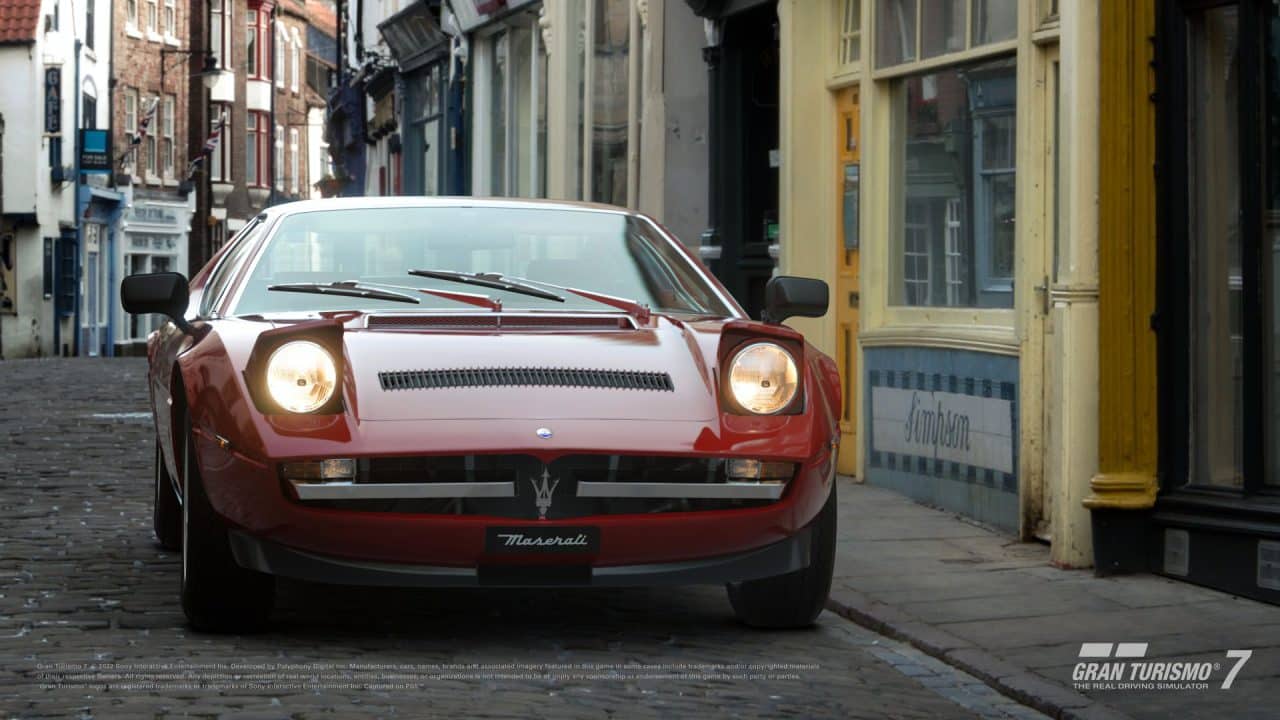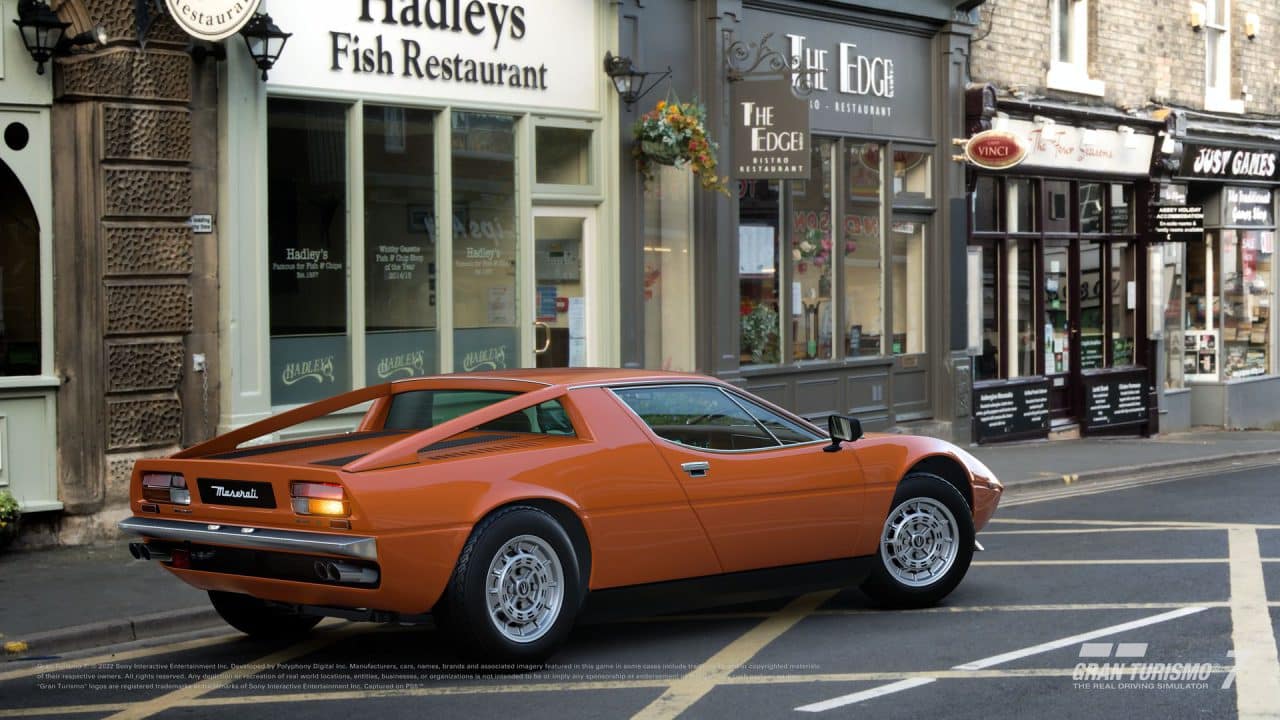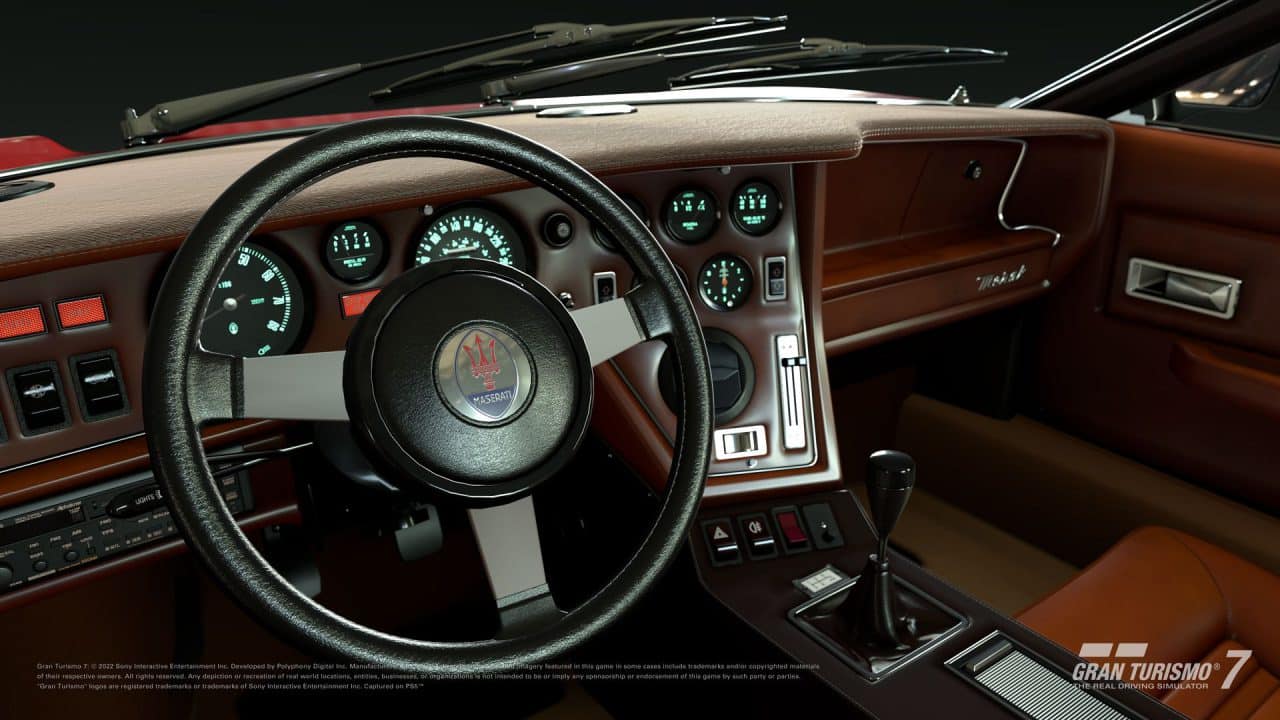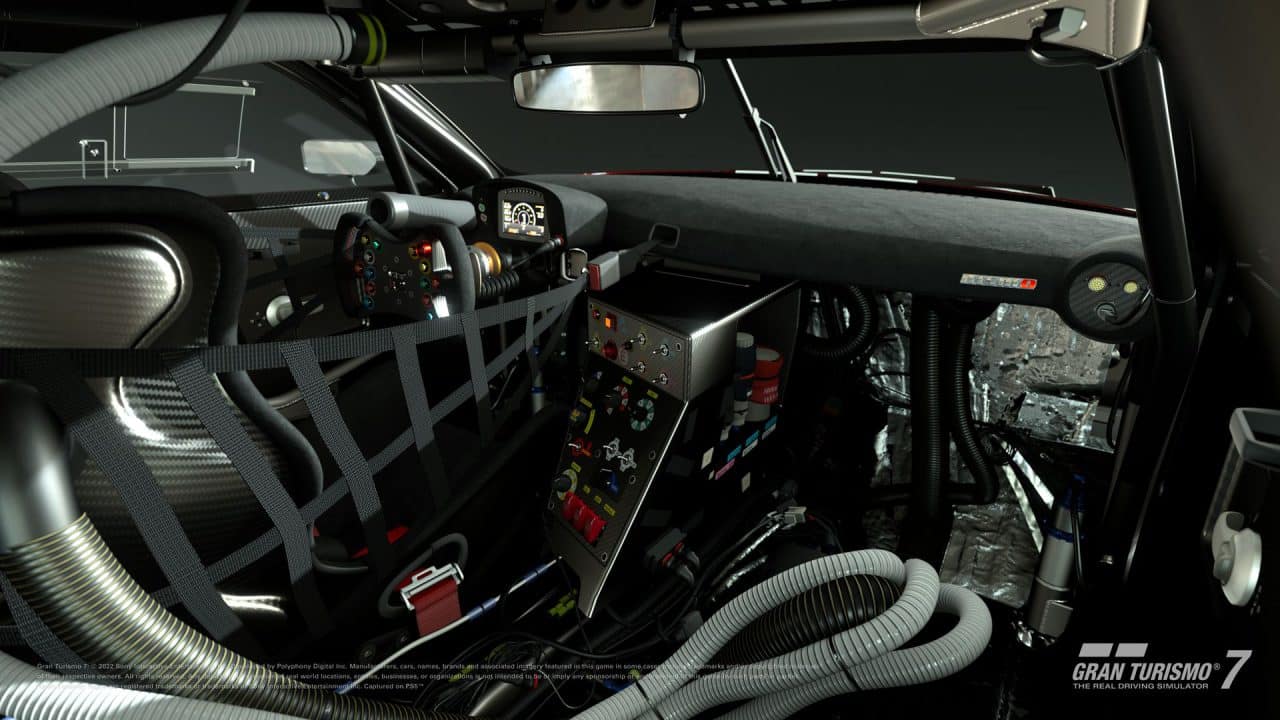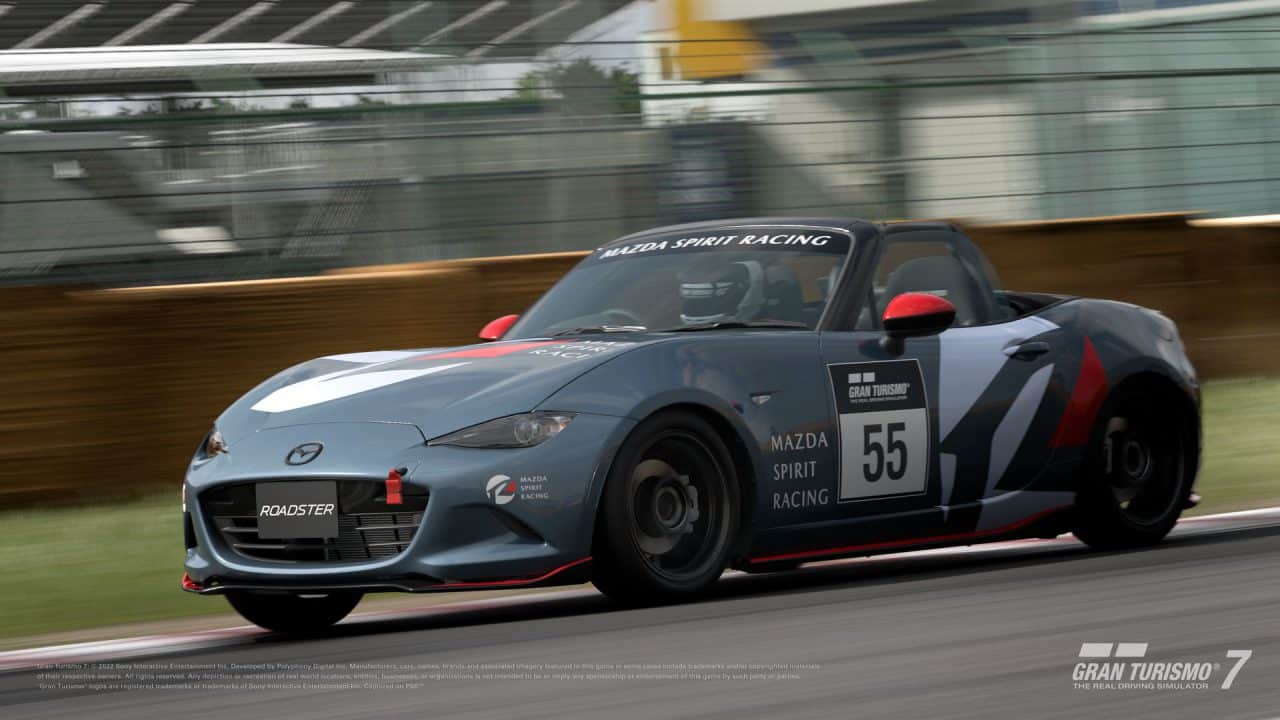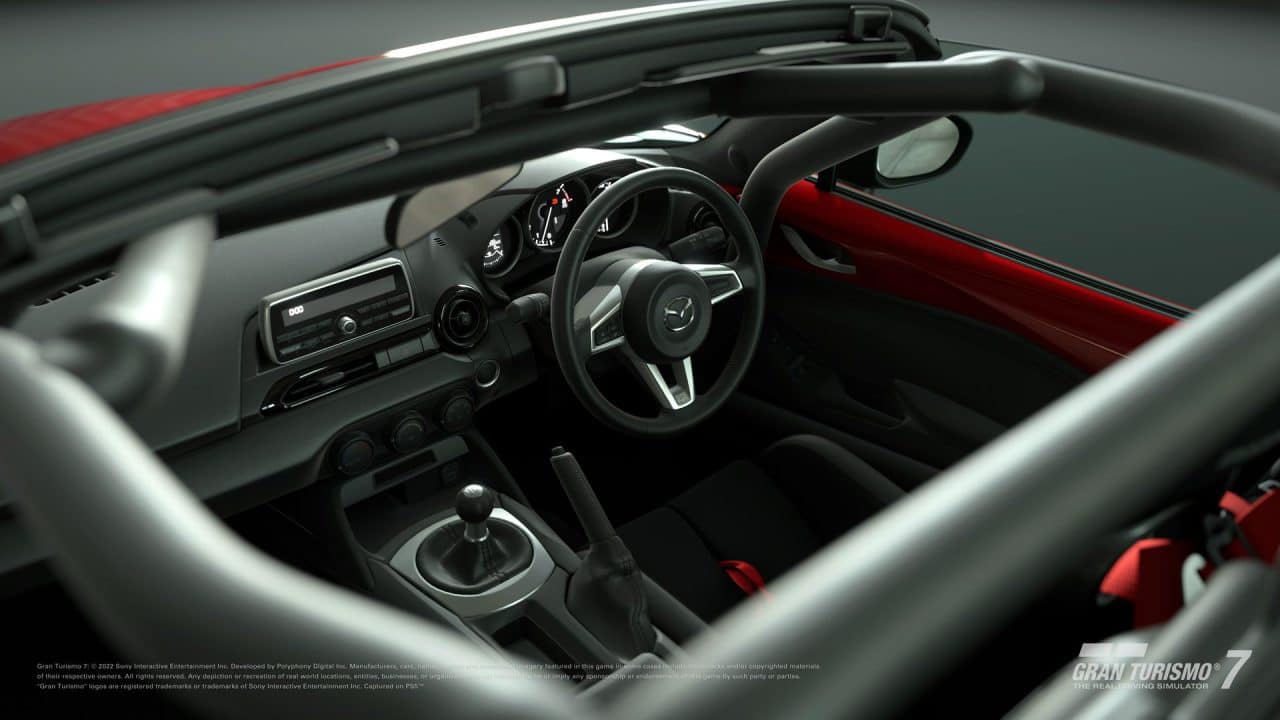Fourteen prized vehicles from the John White/Ramshead Collection will go under the hammer at Bonhams’ January 26th Scottsdale auction.
Bonhams
Bonhams – A trans-Atlantic trio of rare mid-century Chrysler Ghia show cars, offered from the prestigious Ramshead Collection, will bring a touch of La Dolce Vita to Bonhams in the New Year as highlights of the Scottsdale Auction on January 26, 2023.
Leading the glamorous group is the unique 1957 Chrysler Ghia Super Dart 400 concept car which was displayed at that year’s Torino and New York Motor Shows and most recently won a class award at the esteemed Pebble Beach Concours d’Elegance. This striking, futuristic one-off showcased what was to come in automotive design and was equipped with Chrysler’s powerful 400hp Hemi V8 powerplant.
Bonhams
This highly original and preserved example has covered just 49,000 miles with three owners from new.
Also displayed at the New York Auto Show was the 1962 Chrysler Ghia L6.4, which in later life was a Pebble Beach Concours d’Elegance entrant. Largely hand built in Italy at Ghia’s Carrozeria, the L6.4 had a limited production run of just 26, with owners including Frank Sinatra. Stunningly preserved, this treasured collector car – one of just 17 surviving – is another low mileage example with just 33,000 miles recorded.
Bonhams
Completing the automotive triptych is the 1954 Chrysler Ghia GS-1 Coupé, its striking turquoise over tan livery complementing its lines, inspired by Virgil Exner, the Chrysler designer known for creating the marque’s ‘Forward Look’. The elegant show car was one of nine examples produced, of which only five remain. The subject of an exceptional restoration, the GS-1 is a three-times class winner at Pebble Beach.
Bonhams
The three showstoppers are the headliners of the Ramshead Collection of 14 cars, curated by the late John White of California, a renowned and respected collector and frequent exhibitor at Pebble Beach and other prominent events.
CARS OF THE JOHN WHITE/RAMSHEAD COLLECTION
- 1957 Chrysler Ghia Super Dart 400
- 1954 Chrysler Ghia GS-1 Coupé
- 1962 Chrysler Ghia L6.4
- 1961 Chrysler 300-G Convertible
- 1948 Dodge D24 Custom Coupé
- 1953 Buick Skylark Convertible
- 1941 Cadillac Series 62 Convertible
- 1953 Cadillac Series 62 Convertible
- 1992 Wayne Davis Custom Trailer
- 1962 Lincoln Continental Sedan
- 1960 Dodge Dart Phoenix Convertible
- 1955 Chrysler Imperial Newport Hard Top
- 1953 Ford Mainline Ranch Wagon
- 1949 Dodge Wayfarer Two-Door Roadster
The son of a Dodge automobile dealer, Mr. White was a ‘petrolhead’ from an early age. His childhood collection of model cars developed into the curated Ramshead collection of mid-century Americana which was kept in a private museum that resembled a showroom of the era.
The impressive collection offers 13 collector cars, representing the great names of the American automobile industry, from Buick and Cadillac to Lincoln and Ford, mostly offered at No Reserve.
The 2023 Bonhams Scottsdale Auction will be the eleventh sale hosted at the prestigious Westin Kierland Resort and Spa in Arizona. Further important collector cars are being invited through December 1. Contact motors.us@bonhams.com for more details.
Bonhams, founded in 1793, is one of the world’s largest and most renowned auctioneers, offering fine art and collectables, motor cars and a luxury division, including jewelry, watches, wine and whisky. The main salesrooms are in London, New York, Los Angeles, Paris and Hong Kong, with auctions also held in Knightsbridge, Edinburgh, and Sydney. With a worldwide network of offices and regional representatives in 22 countries, Bonhams offers advice and valuation services in 53 specialist areas. For a full list of forthcoming auctions, plus details of Bonhams specialist departments, please visit bonhams.com
If you like stories like these and other classic car features, check out Old Cars magazine. CLICK HERE to subscribe.
Want a taste of Old Cars magazine first? Sign up for our weekly e-newsletter and get a FREE complimentary digital issue download of our print magazine.
View the original article to see embedded media.
*As an Amazon Associate, Old Cars earns from qualifying purchases.

